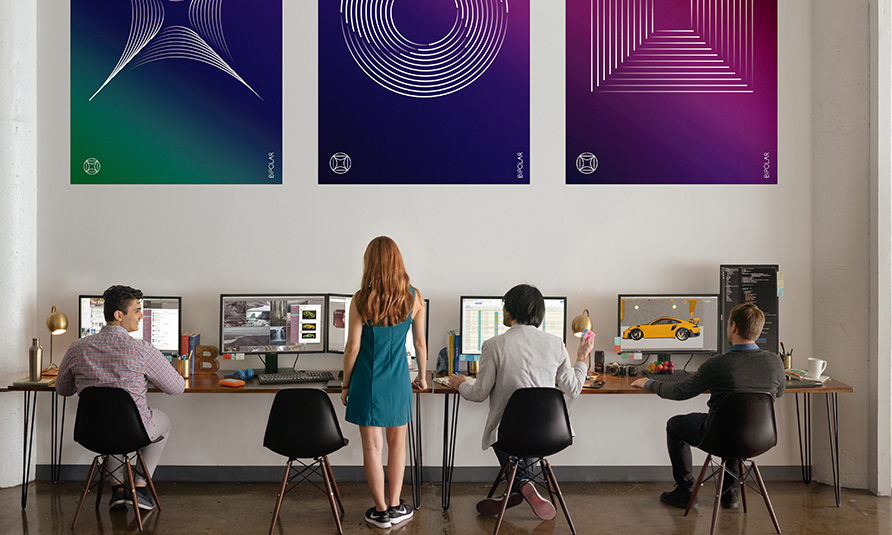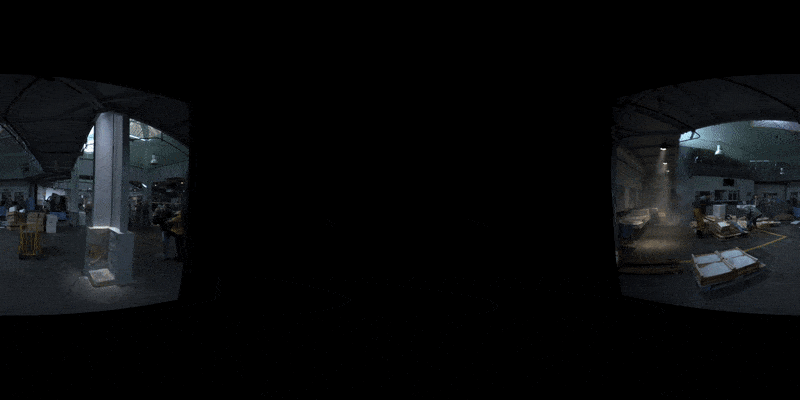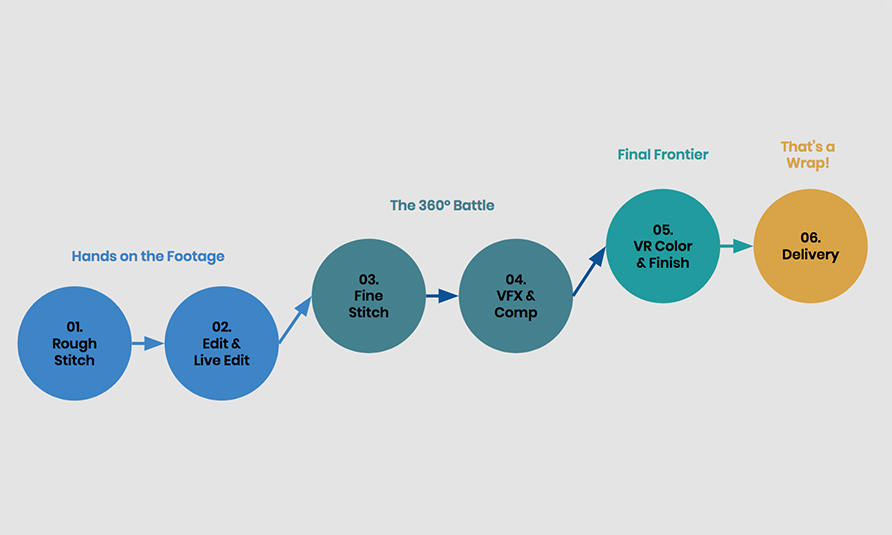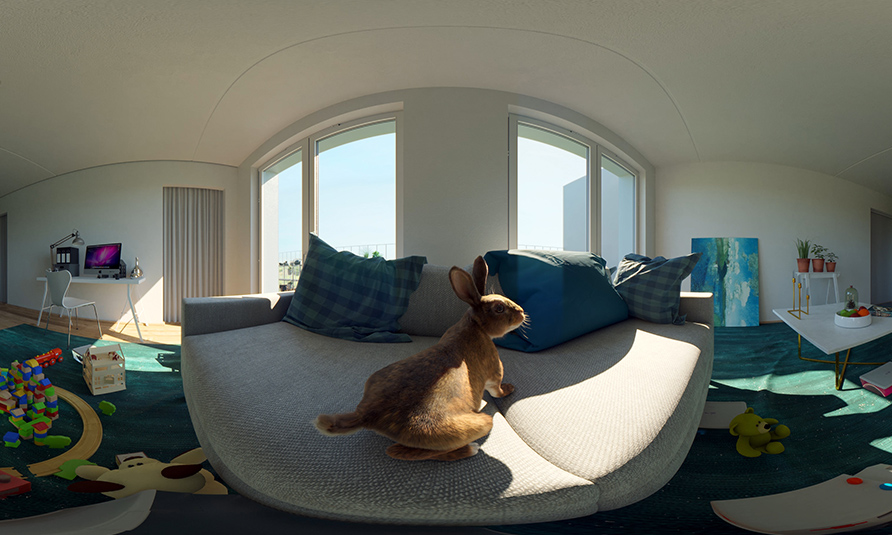People driven by the desire to explore unknown spaces can help bring incredible new ideas and innovation to light. That desire led Gevorg Karensky to found Bipolar Studio in 2015, and in a short time, the studio has accomplished a lot.
For starters, they invented and patented the first VR stabilization tech. They also built the first nine-camera RED Dragon VR rig, partnered with Google to create a film for the Google Daydream headset launch, and won the Mobile Grand Prix at Cannes for their work on the New York Times VR campaign, where they gave away one million Google Cardboard headsets in an effort to enable journalists and filmmakers to bring their vision to a broader audience.

Possibilities vs capabilities
Creating content at the cutting edge introduces new technical challenges. As the team at Bipolar doubled in size, they were running into performance bottlenecks, storage limitations, and they started to spend more time waiting than creating. Collaboration felt like passing a baton in a rally, sprinting to hand off files, and then coming to a dead stop with only one person able to work at a time. As they started looking at expanding their capabilities to include things like 8K & 10K resolutions and 32-bit VR CGI, they knew it would be impossible without the right storage server for their media team.
Bipolar needed a server that could not only help them get over the roadblocks in their current workflow but help them fully realize their potential.
“We were using a 64TB direct-attached RAID, and it got to a point where we knew we couldn’t continue creating any work without a centralized server that we could rely on to handle our workflow without hiccups,” said Gevorg Karensky, Founder of Bipolar Studio. “When we started talking with the team at SNS, we knew we had come to the right place.”
Complete creative immersion
Any given day at the studio can include working on 6K and 8K stereoscopic VR footage at 60fps, 32-bit 360° CGI in 4K, 6K, even 10K resolutions. It’s one thing to film and render in the most demanding formats, but having multiple users working and processing all of these different formats from the same shared storage—in real-time—is another thing altogether. The team felt disconnected when using their old 64TB direct-attached RAID. They tediously pushed files back and forth and saw their creative process grind to a halt.
By working from a centralized EVO shared storage server, they become completely immersed in the creative process. “All we have to do is put our energy and attention towards creating things as a team. We have a unified front, revolving around EVO. It’s this invisible force that keeps us all connected every minute, every day,” said Karensky.

A smooth post-production pipeline
We are still in the earliest days of VR production, and even earlier in high-end VR post. Since day one, the team at Bipolar has been diligently curating the right software, tools, and processes that give them the ability to create at the highest tier possible. With the addition of EVO, they have all the pieces in place for a streamlined end-to-end workflow.
Some of the tools in their post-production toolbelt include the usuals, like Maya, Flame, Resolve, and Adobe Premiere—but some are a little more bespoke. They’ve designed custom VR stitching solutions, one-of-a-kind camera rigs, and astoundingly fast workstations (and storage) to handle it all. “As a project goes from rough stitch, through comp, to VR finishing, and then delivery, it all flows through our EVO. It’s really at the heart of our pipeline.”

Making dreams a reality
On a recent spot for Airbnb called “Follow the Rabbit,” Bipolar developed and produced a beautiful CGI 4K VR experience to capture the experience of traveling through someone’s home, only experiencing their lives for a brief moment. To create the spot, they designed a series of apartments, each with unique styles and objects. As the viewer moves through, time passes just a little too quickly as they watch the warm morning in Barcelona become a cool night in New Zealand, like a dream. Each apartment stands out as a character, and meticulously crafted objects fill each room with detail.
The Airbnb project took up 3TB of storage for the single 60-second spot and included over 15,000 frames. Gevorg and his team finished the spot in Autodesk Flame at a 32-bit 4K spherical resolution. “As we’re creating and iterating on the objects and characters that we build from the ground up, multiple artists will take over the same character model and files. Even creating a single frame can require multiple people working together to bring it to life. We relied heavily on that flawless exchange from start to finish, and EVO enables that and encourages a more collaborative creative process,” he said.

Unmatched attention to detail
On another project, for the Porsche 911 Turbo S, Bipolar imagines two completely different vehicles converging at high speeds. The spot is completely CGI, but at first glance, you’d never know. The team obsessed over the smallest details, from the texture of the paint, to the reflections on the body, and even to the appearance of individual light bulbs inside the taillights—and it shows.
All of Bipolar Studio’s work reflects the core of the team’s philosophy: a particular type of precision and obsessively keen attention to detail. Gevorg and his team spend hours crafting each book on a shelf, every whisker on a time-hopping rabbit, and every reflection on the body of a sports car barreling down a runway.

“It’s an amazing feeling to have something that simply works, and that we can rely on the incredible work that went into making our EVO the way it is, and the equally incredible support team at SNS that gave us their assistance no matter what time and day. We definitely could not have pulled this off without EVO, and we’re greatly appreciative.”
Looking for shared storage to help take your workflow to the next level? Schedule a product demo to see how EVO can help your team.
